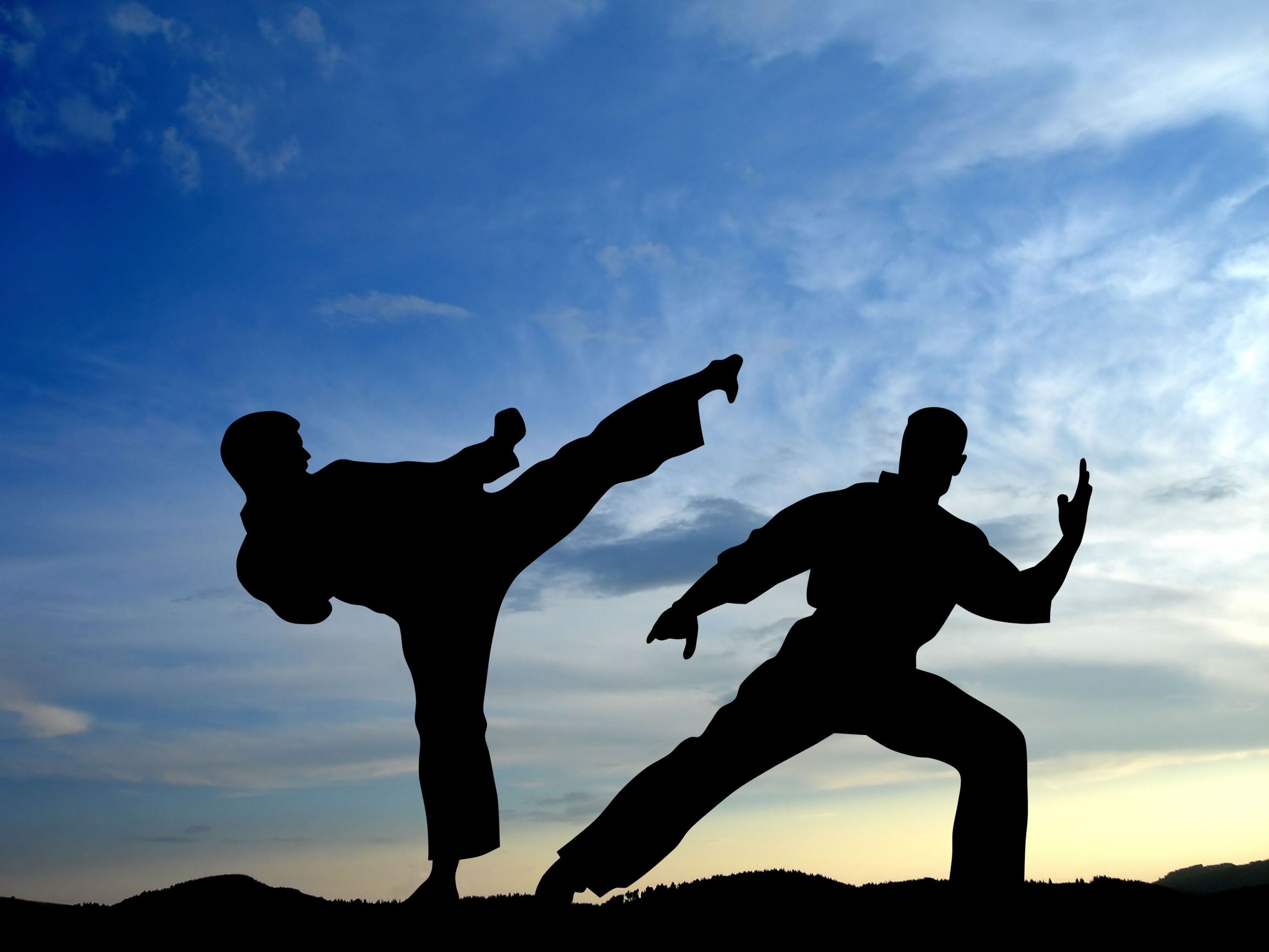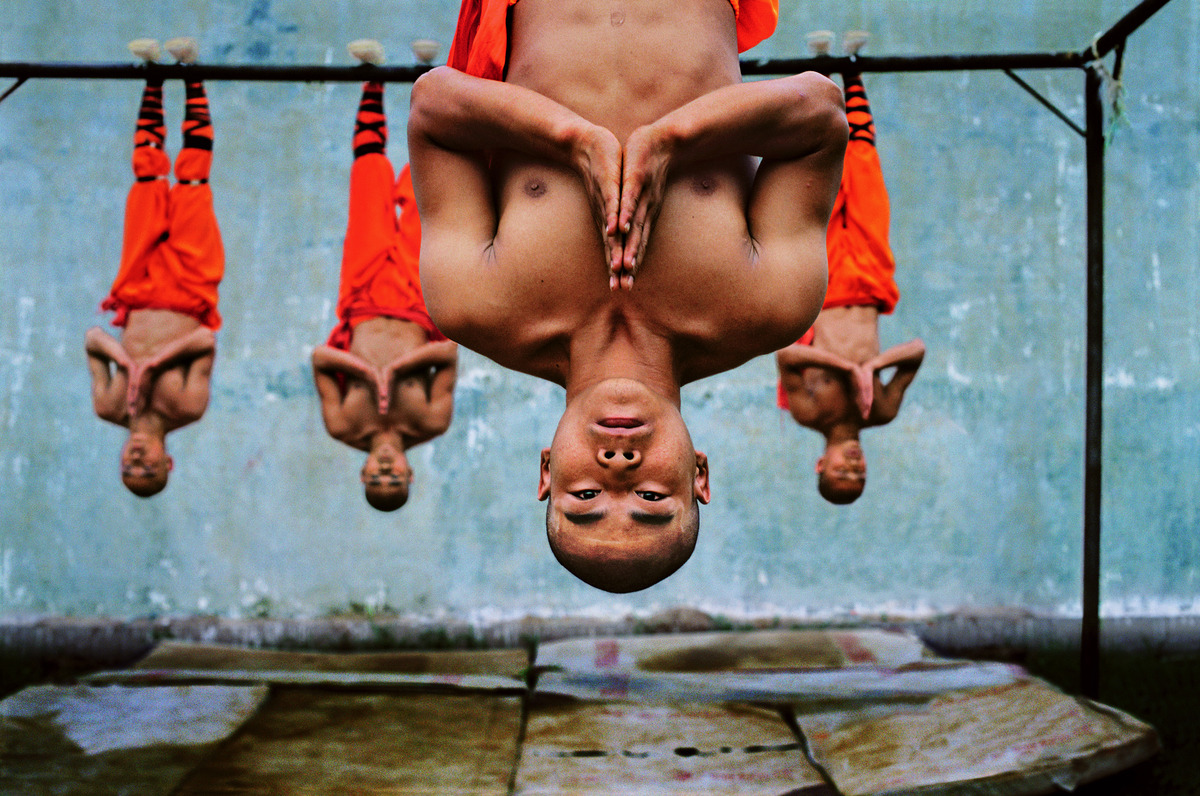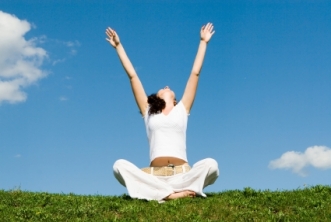For thousands of years, physical disciplines like yoga, Tai Chi and Sufi Dancing have been said to increase mental and spiritual powers. If this is true, how might one explain this, and even better, how can we use this fact, practically, to enhance our lives as artists, business people, parents, and partners?
First, we have to strip away the mysticism from the activity. Not that these activities have no esoteric aspect, but rather that we have to approach them on the most down-to-earth level. The higher the tree, the deeper the roots. The taller the building, the deeper the foundations. If you want to soar, be certain that your tether is strong. So we need to start with a simple, physiological explanation (if possible!) and then suggest a way that this ties in to advanced artistic accomplishment, relationship skills, intellectual clarity, and spiritual growth.
Perhaps the single most important in terms of Body-Mind is known as the “Flow State Performance Spiral.” In order to relate this breakthrough thinking in such a short essay, we’ll have to condense considerably:
1) All physical technique is composed of three aspects: breathing, movement, and structure.
2) Each of these aspects is controlled by the other two (breath is created by movement and structure, etc.)
3) Stress “dis-integrates” this structure. In other words, when you are under stress, the physiological signs will manifest in your breathing rate or shallowness, your posture, your muscle tension. This is why lie detectors work!
Before he died, Hans Selye, the creator of the “stress” concept, said that he had misspoken himself, that it is not stress that hurts us, it is strain. Stress is the pressure we are under. But strain is the degree to which that stress warps us out of true.
Stress is not the enemy. In fact, when handled healthfully, it is the primary trigger for growth. So the key is to avoid strain.
Let’s skip around a bit to a truth about artistic and intellectual pursuits: your ability to utilize your intelligence, education, skills or talents will be in direct proportion to your ability to maintain “flow” under stress. Or to put it another way, in life, we are rewarded for how much stress we can handle without folding. Writer’s block, for instance, is nothing but a poor reaction to performance stress.
Combining these ideas, what we have is that mental and emotional balance under stress leads to excellence. Combine this with the fact that learning to cope with physical stress develops skills that are tremendously applicable to the mental arena. The most vulnerable portion of the “Flow State” triad (breath, movement, structure) is breathing. Proper breathing will be degraded by stress before you can detect it in posture or muscle tension. This is one of the reasons breath control is addressed in most religions and spiritual disciplines, whether this is through pranayama (yoga), exercise, hymns, ritual prayers, dance, or sacred postures.

A good yoga teacher, for instance, will place the student in a posture sufficiently extreme to force total concentration. When the student learns to relax and focus, that posture becomes relatively easy, and a more extreme posture is given. The point is to teach the student to monitor their own internal process. Fine martial arts or breathing meditation teachers use similar techniques.
The student learns to recognize the early signs of strain, and to dissipate them. NOTHING in life creates more stress than lack of oxygen, and learning to remain calm in the midst of oxygen debt will teach you to remain calm when the children are screaming, when your boss is on the rampage, when someone cuts you off on the freeway.
Or when you have a writing deadline, or when insecurity and fear hammers at the door of your resolve.
Deliberately practicing a physical discipline to enhance this quality of calmness and centeredness, while simultaneously working toward goals balanced in body, mind, and spirit, exposes you to the currents of life while helping you develop the skills and strategies necessary to excel. This, over time, leads to excellence, even in a purely mental arena.
There are numerous disciplines that will teach proper breathing under stress, and this article has listed a few. If you wish to reach your maximum potential as a mental, spiritual, and emotional being, seek one of these techniques out, and integrate it into your life. It is one of the best investments you could ever make in your future.







